Stainless steel is one of the most widely used materials in the world, thanks to its excellent properties, such as corrosion resistance, strength, durability, and aesthetics. However, not all stainless steel grades are the same. Depending on the chemical composition and the microstructure, different stainless steel grades can have different properties and applications. One of the most common and confusing questions is: what is the difference between 18-8 and 304 stainless steel?
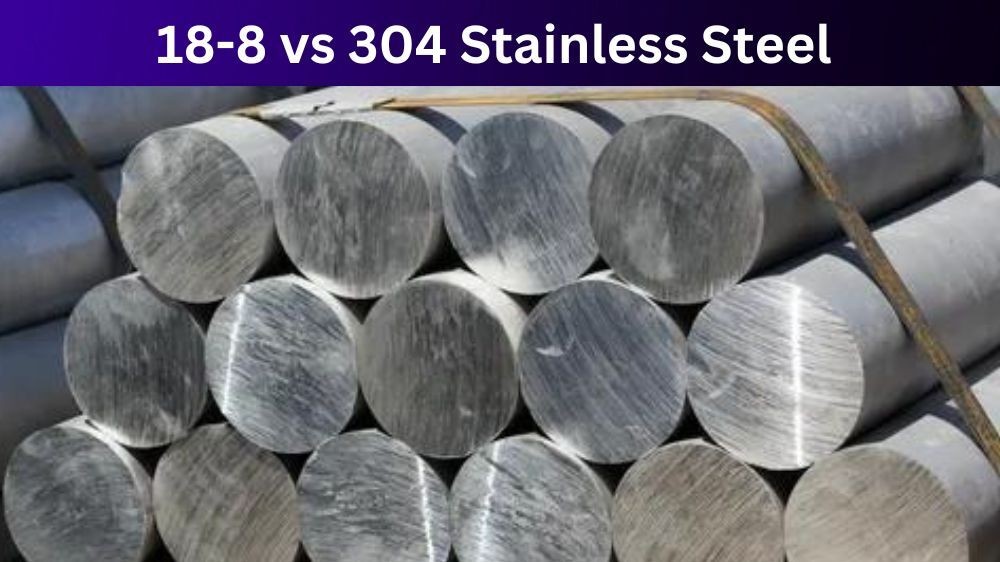
18-8 and 304 are two of the most popular and widely used stainless steel grades. They are both austenitic stainless steels, which means they have a face-centered cubic crystal structure and contain at least 18% chromium and 8% nickel. However, they are not exactly the same. 18-8 is a generic term that refers to any stainless steel grade that has 18% chromium and 8% nickel, while 304 is a specific grade that has additional elements, such as manganese and carbon. Therefore, 304 is a type of 18-8, but not all 18-8 are 304.
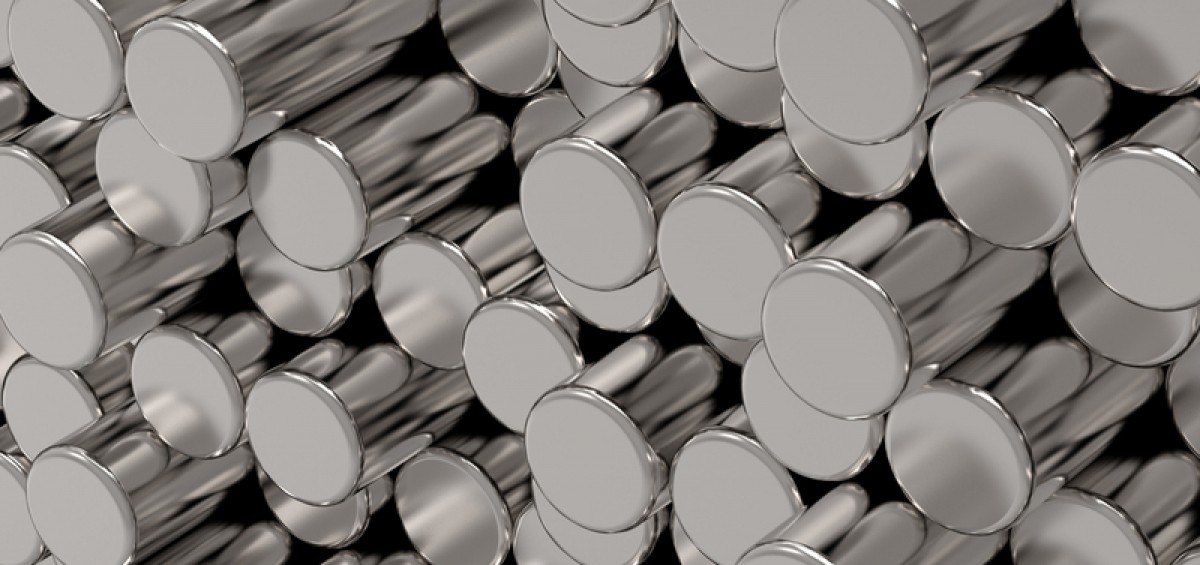
18-8 stainless steel is a generic term that refers to any stainless steel grade that has 18% chromium and 8% nickel in its composition. The most common type of 18-8 stainless steel is 304, which we will discuss in the next section. However, there are other types of 18-8 stainless steel, such as 302, 303, 304L, 316, 321, etc. Each type has slightly different chemical compositions and properties, depending on the additional elements, such as manganese, carbon, sulfur, phosphorus, nitrogen, molybdenum, titanium, etc.
The table below shows the typical chemical composition and properties of 18-8 stainless steel. The percentages of chromium and nickel are the main factors that determine the corrosion resistance and formability of the steel, while the other elements affect the strength, hardness, and machinability. The properties are measured by the Rockwell B hardness scale, the tensile strength, the yield strength, and the elongation.
| Element | 18-8 Stainless Steel | 304 Stainless Steel |
|---|---|---|
| Chromium | 18-20 | 18-20 |
| Nickel | 8-10.5 | 8-10.5 |
| Manganese | 2 max | 2 max |
| Carbon | 0.08 max | 0.08 max |
| Sulfur | 0.03 max | 0.03 max |
| Phosphorus | 0.045 max | 0.045 max |
| Nitrogen | 0.1 max | 0.1 max |
| Iron | Balance | Balance |
| Grade | Tensile Strength (MPa) | Yield Strength (MPa) | Hardness (HRB) |
|---|---|---|---|
| 18-8 | 515-860 | 205-620 | 70-90 |
| 304 | 515-860 | 205-620 | 70-90 |
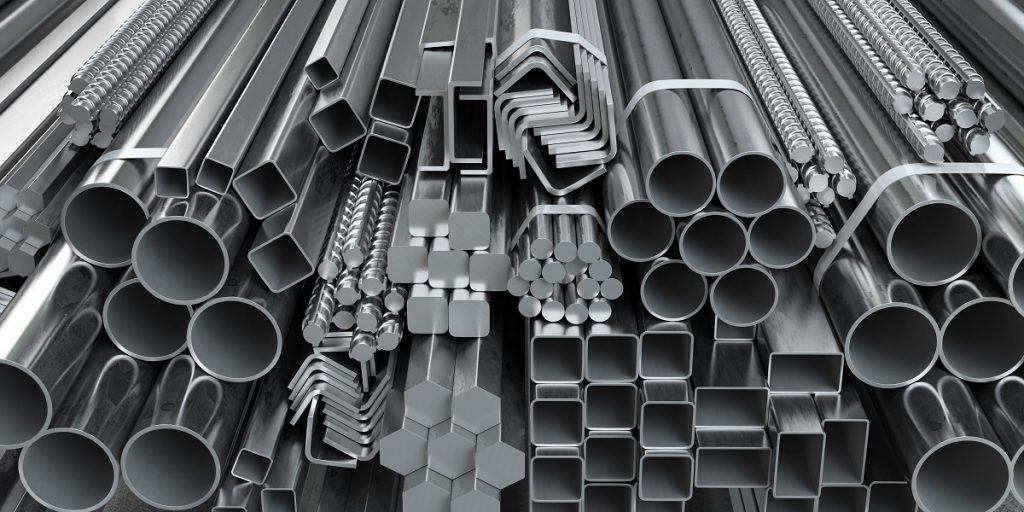
18-8 stainless steel is used to manufacture various food and beverage equipment, such as cookware, cutlery, utensils, appliances, containers, etc. 18-8 stainless steel is resistant to corrosion, oxidation, and bacteria, which can ensure the hygiene, safety, and quality of the food and beverage products.
18-8 stainless steel is used to manufacture various medical and pharmaceutical equipment, such as surgical instruments, implants, prosthetics, syringes, needles, etc. 18-8 stainless steel is resistant to corrosion, oxidation, and bacteria, which can prevent infections, inflammations, and allergies, and ensure the health and well-being of the patients and the medical staff.
18-8 stainless steel is used to manufacture various construction and architecture materials, such as beams, columns, panels, railings, pipes, etc. 18-8 stainless steel is resistant to corrosion, oxidation, and weather, which can ensure the durability, stability, and aesthetics of the buildings and structures.
18-8 stainless steel is used to manufacture various automotive and aerospace components, such as engines, transmissions, exhaust systems, fuel tanks, etc. 18-8 stainless steel is resistant to corrosion, oxidation, and high temperature, which can ensure the performance, efficiency, and safety of the vehicles and aircraft.
18-8 stainless steel has a high chromium and nickel content, which forms a thin and protective layer of chromium oxide on the surface of the steel, which prevents the steel from reacting with oxygen, water, and other substances, and thus prevents corrosion, rust, and stains.
18-8 stainless steel has a high ductility and malleability, which means it can be easily shaped, bent, stretched, and formed into various shapes and sizes, without cracking or breaking. 18-8 stainless steel also has a high weldability, which means it can be easily joined by various welding methods, such as arc welding, gas welding, resistance welding, etc.
18-8 stainless steel has a high luster and polish, which gives it a smooth and shiny surface, which can reflect light and enhance the appearance and attractiveness of the products. 18-8 stainless steel also has a high resistance to scratches, dents, and marks, which can maintain the beauty and quality of the products.
18-8 stainless steel has a low carbon and nitrogen content, which reduces the strength and hardness of the steel, and makes it more prone to deformation and damage under high stress and pressure. 18-8 stainless steel also has a low hardenability, which means it cannot be hardened by heat treatment, and can only be hardened by cold working, which can reduce the ductility and formability of the steel.
18-8 stainless steel has a low resistance to chloride and sulfur, which are common substances in seawater, industrial waste, and acid rain. These substances can cause pitting, crevice, and stress corrosion cracking, which can reduce the integrity and lifespan of the steel. 18-8 stainless steel also has a low resistance to intergranular corrosion, which is a type of corrosion that occurs at the grain boundaries of the steel, and can cause the steel to become brittle and fracture.
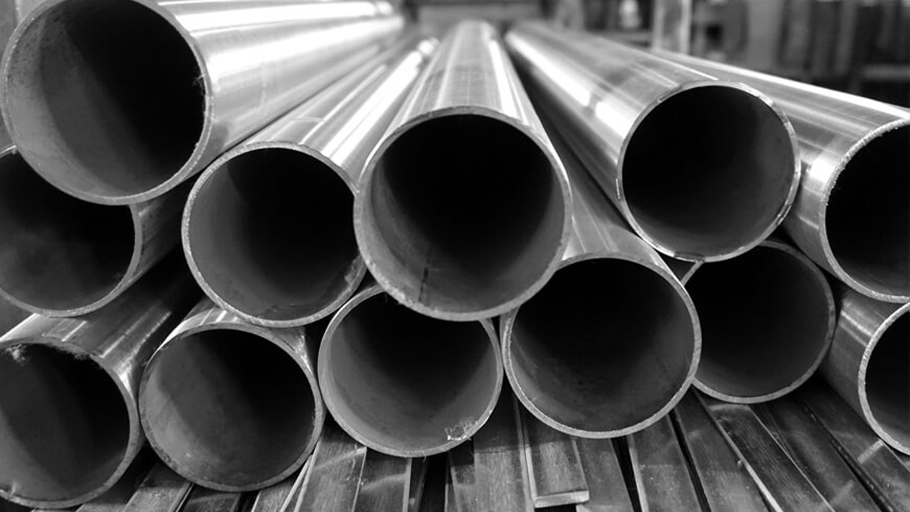
304 stainless steel is a specific type of 18-8 stainless steel that has additional elements, such as manganese and carbon, in its composition. 304 stainless steel is the most widely used and versatile stainless steel grade, as it has excellent properties, such as corrosion resistance, formability, weldability, and aesthetics. 304 stainless steel is also known as A2 stainless steel or 18/8 stainless steel.
The table below shows the typical chemical composition and properties of 304 stainless steel. The percentages of chromium and nickel are the same as 18-8 stainless steel, but the percentages of manganese and carbon are higher. The manganese content improves the hot workability and cold formability of the steel, while the carbon content increases the strength and hardness of the steel. The properties are measured by the Rockwell B hardness scale, the tensile strength, the yield strength, and the elongation.
| Element | Percentage |
|---|---|
| Chromium | 18-20 |
| Nickel | 8-10.5 |
| Manganese | 2 max |
| Carbon | 0.08 max |
| Sulfur | 0.03 max |
| Phosphorus | 0.045 max |
| Nitrogen | 0.1 max |
| Iron | Balance |
| Property | Value |
|---|---|
| Hardness (HRB) | 70-90 |
| Tensile Strength (MPa) | 515-860 |
| Yield Strength (MPa) | 205-620 |
| Elongation (%) | 40-60 |
304 stainless steel is used to manufacture various kitchenware and household appliances, such as pots, pans, knives, forks, spoons, sinks, faucets, refrigerators, ovens, microwaves, dishwashers, etc. 304 stainless steel is resistant to corrosion, oxidation, and bacteria, which can ensure the hygiene, safety, and quality of the food and water. 304 stainless steel also has a high luster and polish, which gives it a smooth and shiny surface, which can enhance the appearance and attractiveness of the kitchenware and appliances.
304 stainless steel is used to manufacture various chemical and petrochemical equipment, such as reactors, tanks, pipes, valves, pumps, heat exchangers, etc. 304 stainless steel is resistant to corrosion, oxidation, and high temperature, which can ensure the performance, efficiency, and safety of the chemical and petrochemical processes. 304 stainless steel also has a high weldability, which means it can be easily joined by various welding methods, such as arc welding, gas welding, resistance welding, etc.
304 stainless steel is used to manufacture various textile and paper equipment, such as looms, rollers, blades, cutters, etc. 304 stainless steel is resistant to corrosion, oxidation, and wear, which can ensure the durability, stability, and quality of the textile and paper products. 304 stainless steel also has a high formability, which means it can be easily shaped, bent, stretched, and formed into various shapes and sizes, without cracking or breaking.
304 stainless steel is used to manufacture various nuclear and renewable energy equipment, such as nuclear reactors, solar panels, wind turbines, etc. 304 stainless steel is resistant to corrosion, oxidation, and radiation, which can ensure the performance, efficiency, and safety of the nuclear and renewable energy generation. 304 stainless steel also has a high strength and hardness, which means it can withstand high pressures, temperatures, speeds, and forces, without deformation or damage.
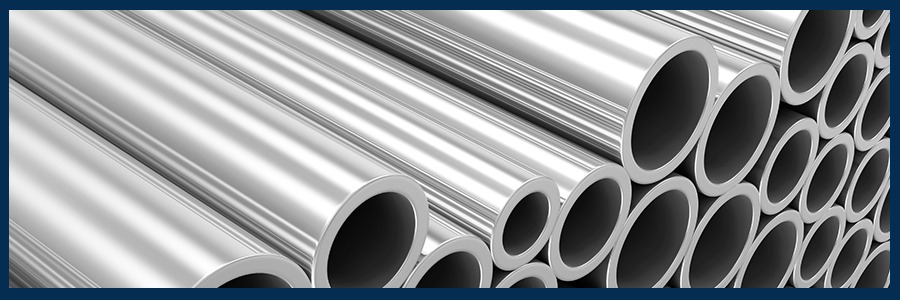
304 stainless steel has a high chromium and nickel content, which forms a thin and protective layer of chromium oxide on the surface of the steel, which prevents the steel from reacting with oxygen, water, and other substances, and thus prevents corrosion, rust, and stains. 304 stainless steel is also resistant to various organic and inorganic acids, alkalis, and salts, which can prevent pitting, crevice, and stress corrosion cracking.
304 stainless steel has a high ductility and malleability, which means it can be easily shaped, bent, stretched, and formed into various shapes and sizes, without cracking or breaking. 304 stainless steel also has a high weldability, which means it can be easily joined by various welding methods, such as arc welding, gas welding, resistance welding, etc. 304 stainless steel also has a low thermal expansion coefficient, which means it can maintain its shape and size under high temperature, without distortion or cracking.
304 stainless steel has a high luster and polish, which gives it a smooth and shiny surface, which can reflect light and enhance the appearance and attractiveness of the products. 304 stainless steel also has a high resistance to scratches, dents, and marks, which can maintain the beauty and quality of the products.
18-8 and 304 are two of the most popular and widely used stainless steel grades. They are both austenitic stainless steels, which means they have a face-centered cubic crystal structure and contain at least 18% chromium and 8% nickel. However, they are not exactly the same. 18-8 is a generic term that refers to any stainless steel grade that has 18% chromium and 8% nickel, while 304 is a specific grade that has additional elements, such as manganese and carbon. Therefore, 304 is a type of 18-8, but not all 18-8 are 304.
In this section, we will compare and contrast 18-8 and 304 stainless steel in terms of composition, corrosion resistance, strength, price, and other factors. We will also provide some examples and scenarios where one grade is preferable over the other. We will also give some tips and recommendations on how to choose the right grade for different purposes and conditions.
The main difference between 18-8 and 304 stainless steel is the composition. The table below shows the typical chemical composition of 18-8 and 304 stainless steel. The percentages of chromium and nickel are the same, but the percentages of manganese and carbon are different. The manganese content of 304 stainless steel is higher than that of 18-8 stainless steel, while the carbon content of 304 stainless steel is lower than that of 18-8 stainless steel.
| Element | 18-8 Stainless Steel | 304 Stainless Steel |
|---|---|---|
| Chromium | 18-20 | 18-20 |
| Nickel | 8-10.5 | 8-10.5 |
| Manganese | 2 max | 2 max |
| Carbon | 0.08 max | 0.08 max |
| Sulfur | 0.03 max | 0.03 max |
| Phosphorus | 0.045 max | 0.045 max |
| Nitrogen | 0.1 max | 0.1 max |
| Iron | Balance | Balance |
The difference in the composition affects the properties and performance of the steel. The manganese content improves the hot workability and cold formability of the steel, while the carbon content increases the strength and hardness of the steel. Therefore, 304 stainless steel has better formability and weldability than 18-8 stainless steel, but lower strength and hardness than 18-8 stainless steel.
The main similarity between 18-8 and 304 stainless steel is the corrosion resistance. Both grades have a high chromium and nickel content, which forms a thin and protective layer of chromium oxide on the surface of the steel, which prevents the steel from reacting with oxygen, water, and other substances, and thus prevents corrosion, rust, and stains. Both grades are also resistant to various organic and inorganic acids, alkalis, and salts, which can prevent pitting, crevice, and stress corrosion cracking.
However, there are some differences in the corrosion resistance of 18-8 and 304 stainless steel. 304 stainless steel has a lower carbon content than 18-8 stainless steel, which reduces the risk of intergranular corrosion, which is a type of corrosion that occurs at the grain boundaries of the steel, and can cause the steel to become brittle and fracture. 304 stainless steel also has a higher resistance to chloride and sulfur, which are common substances in seawater, industrial waste, and acid rain. These substances can cause pitting, crevice, and stress corrosion cracking, which can reduce the integrity and lifespan of the steel.
Therefore, 304 stainless steel has better corrosion resistance than 18-8 stainless steel, especially in harsh environments and conditions. However, both grades are not suitable for high temperature and high pressure applications, as they can lose their corrosion resistance and strength under these conditions. For these applications, other grades of stainless steel, such as 316, 321, or 347, are more suitable.
The main difference between 18-8 and 304 stainless steel in terms of strength is the carbon content. The carbon content of 304 stainless steel is lower than that of 18-8 stainless steel, which reduces the strength and hardness of the steel, but increases the ductility and formability. The table below shows the typical tensile strength, yield strength, and hardness of 18-8 and 304 stainless steel. The tensile strength is the maximum stress that the steel can withstand before breaking, the yield strength is the stress at which the steel begins to deform permanently, and the hardness is the resistance of the steel to indentation and abrasion.
| Grade | Tensile Strength (MPa) | Yield Strength (MPa) | Hardness (HRB) |
|---|---|---|---|
| 18-8 | 515-860 | 205-620 | 70-90 |
| 304 | 515-860 | 205-620 | 70-90 |
As can be seen from the table, the tensile strength and yield strength of 18-8 and 304 stainless steel are the same, but the hardness of 18-8 stainless steel is slightly higher than that of 304 stainless steel. This means that 18-8 stainless steel is more resistant to deformation and damage under high stress and pressure, but 304 stainless steel is more flexible and malleable, and can be easily shaped and formed.
Therefore, 18-8 stainless steel has better strength than 304 stainless steel, especially in high stress and pressure applications, such as mechanical engineering, automotive manufacturing, oil and gas extraction, etc. However, 304 stainless steel has better formability and weldability than 18-8 stainless steel, especially in low stress and pressure applications, such as kitchenware, household appliances, chemical and petrochemical equipment, etc.
The main difference between 18-8 and 304 stainless steel in terms of price is the availability and demand. 18-8 stainless steel is a generic term that covers a wide range of stainless steel grades, while 304 stainless steel is a specific and standardized grade that has a high demand and availability. The table below shows the average price of 18-8 and 304 stainless steel per kilogram, based on the web search results .
| Grade | Price ($/kg) |
|---|---|
| 18-8 | 2.5-3.5 |
| 304 | 3-4 |
As can be seen from the table, the price of 18-8 stainless steel is slightly lower than that of 304 stainless steel, but the difference is not significant. This means that 18-8 stainless steel is more economical and affordable than 304 stainless steel, but 304 stainless steel is more readily available and accessible than 18-8 stainless steel.
Therefore, 18-8 stainless steel has a lower price than 304 stainless steel, especially in large-scale and bulk applications, such as construction and architecture, nuclear and renewable energy, etc. However, 304 stainless steel has a higher availability and demand than 18-8 stainless steel, especially in small-scale and customized applications, such as food and beverage, medical and pharmaceutical, textile and paper, etc.
In this article, we have learned about 18-8 and 304 stainless steel, two of the most popular and widely used stainless steel grades. We have discussed the following aspects of 18-8 and 304 stainless steel:
• What are 18-8 and 304 stainless steel and how they are related
• What are the composition and properties of 18-8 and 304 stainless steel
• What are the applications and advantages of 18-8 and 304 stainless steel
• What are the disadvantages and limitations of 18-8 and 304 stainless steel
• How to compare and contrast 18-8 and 304 stainless steel in terms of composition, corrosion resistance, strength, price, and other factors
• How to choose the right grade for different purposes and conditions
Therefore, 18-8 and 304 stainless steel have different advantages and disadvantages, and there is no definitive answer to which one is better. The choice depends on the specific purpose and condition of the application, such as the stress, pressure, temperature, humidity, salinity, acidity, etc. Some general tips and recommendations are:
• If the application requires high strength and hardness, and low stress and pressure, such as mechanical engineering, automotive manufacturing, oil and gas extraction, etc., 18-8 stainless steel is preferable.
• If the application requires high corrosion resistance, and high stress and pressure, such as food and beverage, medical and pharmaceutical, chemical and petrochemical, etc., 304 stainless steel is preferable.
• If the application requires high formability and weldability, and low stress and pressure, such as kitchenware, household appliances, textile and paper, etc., 304 stainless steel is preferable.
• If the application requires high temperature and high pressure, such as nuclear and renewable energy, etc., neither 18-8 nor 304 stainless steel is suitable, and other grades of stainless steel, such as 316, 321, or 347, are more suitable.
Looking for precision machined 18-8 stainless steel or 304 stainless steel? Richconn is committed to providing high-quality CNC machining services, combining diversified 18-8 and 304 stainless steel products to tailor-make excellent quality and professional machining services for you.
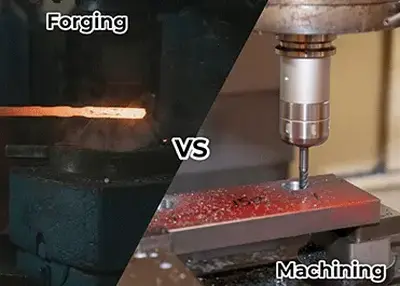 Forged vs. Machined: Unveiling the Essence of Manufacturing ExcellenceNovember 15, 2023In the ever-evolving landscape of manufacturing, the decision between forging and machining becomes the linchpin determining the quality, efficiency, and cost-effectiveness of the end product. Navigating the complexities of these two processes requires a nuanced understanding of their intricacies, advantages, and applications.view
Forged vs. Machined: Unveiling the Essence of Manufacturing ExcellenceNovember 15, 2023In the ever-evolving landscape of manufacturing, the decision between forging and machining becomes the linchpin determining the quality, efficiency, and cost-effectiveness of the end product. Navigating the complexities of these two processes requires a nuanced understanding of their intricacies, advantages, and applications.view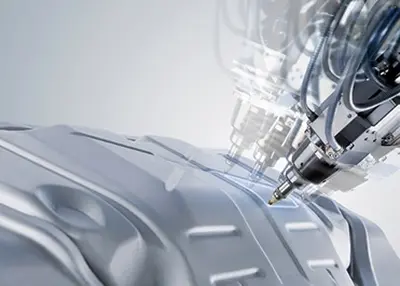 What is CNC Milling Machine: Definition, Uses, Types & PricesMarch 29, 2024Let's delve deeper into CNC milling machine, which holds significant importance for your project, and explore the mill machine in detail.view
What is CNC Milling Machine: Definition, Uses, Types & PricesMarch 29, 2024Let's delve deeper into CNC milling machine, which holds significant importance for your project, and explore the mill machine in detail.view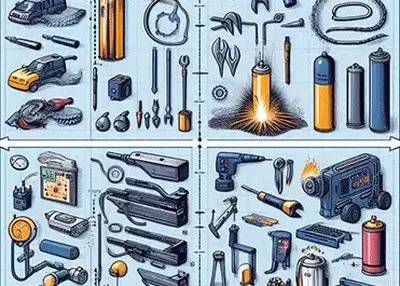 Welding vs. Riveting: Differences, Advantages and DisadvantagesNovember 28, 2023Metal joining is a process of attaching or combining two or more metal pieces or parts together. Metal joining is essential for various industries, such as construction, automotive, aerospace, and manufacturing.view
Welding vs. Riveting: Differences, Advantages and DisadvantagesNovember 28, 2023Metal joining is a process of attaching or combining two or more metal pieces or parts together. Metal joining is essential for various industries, such as construction, automotive, aerospace, and manufacturing.view Different Types of Iron: Introduction, Properties, and UsesApril 28, 2024Iron is versatile and has various types with different applications. The right iron is selected based on its benefits. Richconn's expertise makes them outstanding in cast iron part machining.view
Different Types of Iron: Introduction, Properties, and UsesApril 28, 2024Iron is versatile and has various types with different applications. The right iron is selected based on its benefits. Richconn's expertise makes them outstanding in cast iron part machining.view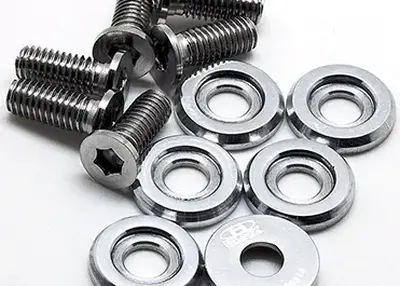 Precision Components: Unveiling Excellence in CNC ManufacturingNovember 17, 2023In the realm of precision engineering, where intricacy meets innovation, the quest for superior precision components drives industries forward. At Richconn, we don't just craft components; we sculpt reliability and precision. Prepare to delve deep into the world of precision components with us, discovering the nuances, intricacies, and pathways to excellence.view
Precision Components: Unveiling Excellence in CNC ManufacturingNovember 17, 2023In the realm of precision engineering, where intricacy meets innovation, the quest for superior precision components drives industries forward. At Richconn, we don't just craft components; we sculpt reliability and precision. Prepare to delve deep into the world of precision components with us, discovering the nuances, intricacies, and pathways to excellence.view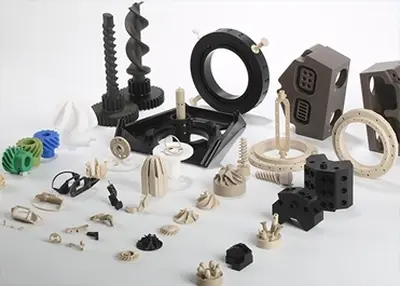 What Is CNC Process? CNC Machining Process Design PrinciplesMarch 6, 20231, the maximum concentration of CNC machining process, a positioning principleGenerally in the CNC machine tools, especially in the machining center on the processing parts, the process can be maximal...view
What Is CNC Process? CNC Machining Process Design PrinciplesMarch 6, 20231, the maximum concentration of CNC machining process, a positioning principleGenerally in the CNC machine tools, especially in the machining center on the processing parts, the process can be maximal...view